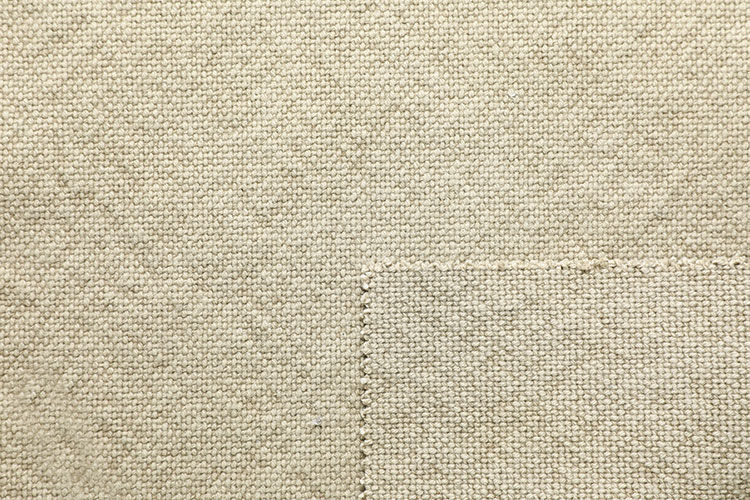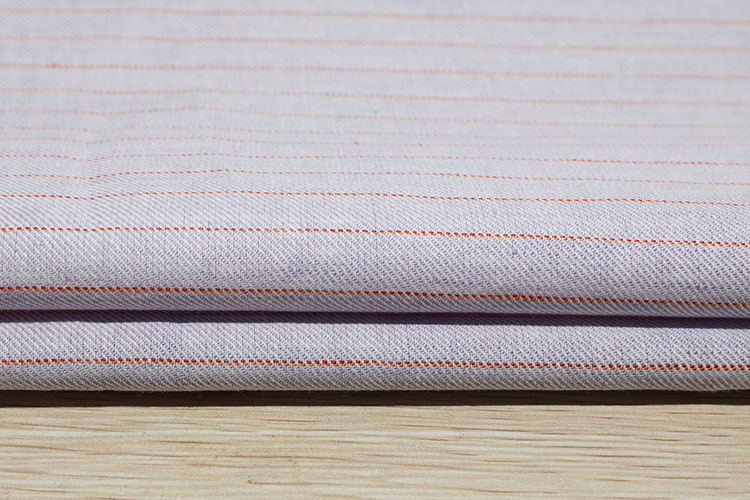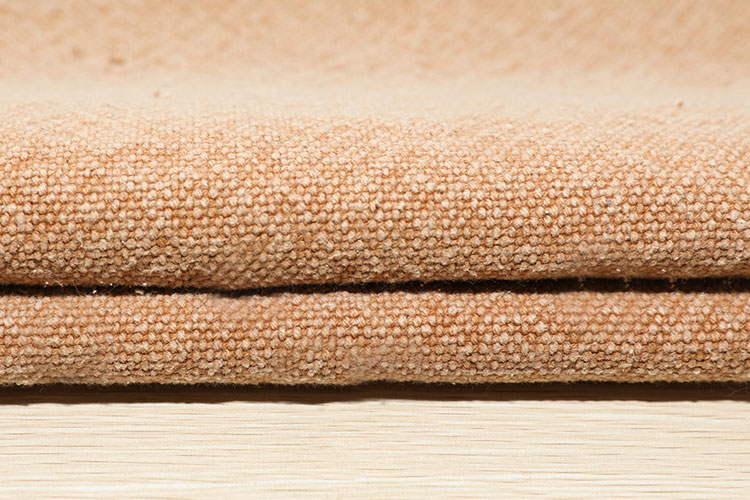Advantages of Cotton Linen Blend Fabric:
1. Comfort:
Cotton linen blend fabric provides excellent comfort for clothing and home textiles. The blend combines the softness of cotton with the natural breathability of linen, resulting in a fabric that feels comfortable against the skin. The breathability of the fabric allows air to circulate, keeping the wearer cool and comfortable in warm weather. Additionally, the blend offers good moisture-wicking properties, absorbing perspiration and keeping the body dry.
2. Durability:
Cotton linen blend fabric is known for its durability and strength. The linen fibers in the blend add robustness and resilience, making the fabric less prone to stretching or tearing. This durability ensures that garments and textiles made from cotton linen blend fabric can withstand regular wear and washing, maintaining their quality and longevity over time. The blend is particularly suitable for applications that require durable and long-lasting textiles.
3. Crease Resistance:
One of the notable advantages of cotton linen blend fabric is its crease resistance. The linen fibers in the blend contribute to the fabric's ability to retain its shape and resist wrinkles. This feature reduces the need for excessive ironing or pressing, making cotton linen blend garments and home textiles more convenient and easier to maintain. The fabric's crease resistance makes it suitable for travel wear and applications where a neat and wrinkle-free appearance is desired.
4. Sustainability:
Cotton linen blend fabric is considered environmentally friendly and sustainable. Both cotton and linen are natural fibers, and their combination in a blend enhances the fabric's sustainability. Cotton is a renewable resource, while linen is derived from the flax plant, which requires minimal water and pesticides compared to other crops. The use of natural fibers in the blend reduces the reliance on synthetic materials and promotes a more sustainable approach to textile production.
5. Versatility in Design:
Cotton linen blend fabric offers versatility in design and aesthetics. The blend allows for various dyeing and printing techniques, enabling a wide range of color options and patterns. The fabric's natural texture and subtle sheen give it an attractive and organic appearance, making it suitable for both casual and semi-formal garments. The versatility of cotton linen blend fabric makes it a popular choice for apparel, home textiles, and interior décor applications.
Applications of Cotton Linen Blend Fabric:
1. Apparel:
Cotton linen blend fabric is widely used in apparel production. It is used to make a range of garments, including shirts, blouses, dresses, skirts, trousers, and lightweight jackets. The fabric's breathability, comfort, and durability make it suitable for warm-weather clothing and casual wear. Cotton linen blend fabric is favored for its natural aesthetic and ability to drape elegantly, lending a relaxed and sophisticated look to garments.
2. Home Textiles:
Cotton linen blend fabric is utilized in various home textile applications. It is used for making curtains, drapes, tablecloths, napkins, upholstery fabric, and decorative pillows. The blend's durability and crease resistance make it suitable for home textiles that undergo frequent use and washing. The natural texture and softness of cotton linen blend fabric add warmth and comfort to home interiors, creating a cozy and inviting ambiance.



 English
English Chinese
Chinese




 +86-573-81880066
+86-573-81880066 +86-13666752302
+86-13666752302 enbo_dong@126.com
enbo_dong@126.com